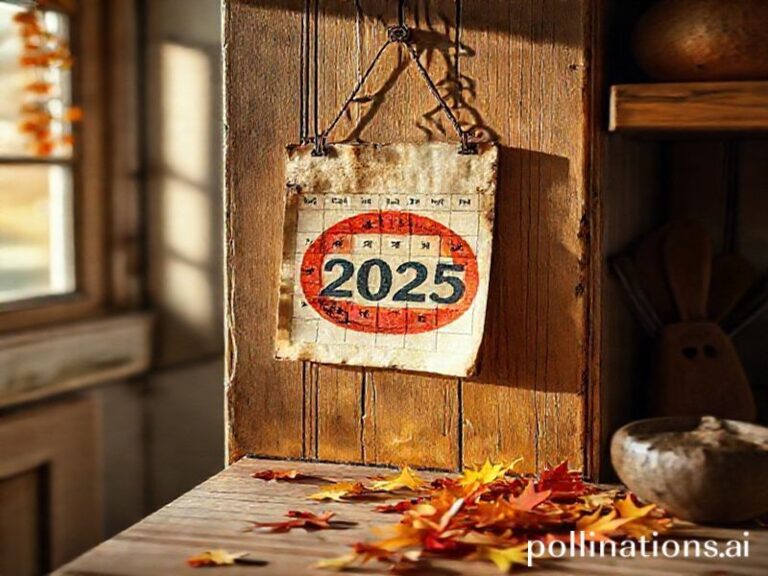Rise of the Urban Jenga: Why Apartment Buildings Are the New Global Obsession
**Title: “Rise of the Urban Jenga: Why Apartment Buildings Are the New Global Obsession”**
Alright, folks, let’s talk about the new giants in town—literally. Apartment buildings are having a moment, and not just because they’re great at photobombing your sunset pics. From the bustling streets of Tokyo to the historic lanes of Barcelona, these vertical villages are popping up like digital notifications on a first-world problem forum. But why, you ask? Let’s dive in.
**The Cultural Context: From Dorms to Dream Homes**
Once upon a time, apartment buildings were the domain of students, young professionals, and those who had yet to achieve the American Dream of a white picket fence. But times have changed, and so have our living preferences. In many cultures, apartments are no longer seen as temporary stops on the road to homeownership but as desirable, sustainable, and community-centric living spaces.
Take Scandinavia, for example. Countries like Sweden and Denmark have long embraced the apartment lifestyle, with cozy, efficient designs that maximize space and minimize clutter. It’s no wonder that terms like “hygge” and “lagom” have become global buzzwords, inspiring apartment dwellers worldwide to create their own snug, balanced living spaces.
**The Social Impact: Urbanization and the New Normal**
The United Nations predicts that by 2050, 68% of the world’s population will live in urban areas. That’s a lot of people needing places to live, and apartment buildings are stepping up to the plate. They’re the ultimate space-savers, allowing cities to accommodate growing populations without sprawling into the countryside.
But it’s not just about fitting more people into less space. Apartment buildings are also fostering a sense of community that’s often lacking in suburban neighborhoods. Shared amenities like rooftop gardens, coworking spaces, and gyms encourage residents to interact, creating a sense of belonging that’s as warm as a freshly baked sourdough loaf.
**The Significance: Sustainability and the Future of Living**
Apartments aren’t just about people; they’re also about the planet. With their smaller footprints and shared resources, apartment buildings are inherently more sustainable than single-family homes. They encourage public transportation use, reduce energy consumption, and promote a minimalist lifestyle that’s easier on the environment.
Moreover, apartment buildings are at the forefront of innovative design and technology. From green roofs to smart home systems, they’re paving the way for the future of urban living. It’s like living in a real-life version of SimCity, but with better Wi-Fi and fewer traffic jams.
**The Dark Side: Challenges and Criticisms**
Of course, no trend is without its controversies. The rise of apartment buildings has led to concerns about gentrification, affordability, and the loss of historic architecture. In cities like San Francisco and London, the demand for urban living has driven up rents, pushing out long-time residents and changing the cultural fabric of neighborhoods.
But these challenges also present opportunities for innovation and reform. Cities can implement policies to preserve affordability, promote mixed-income housing, and protect historic buildings. After all, the goal isn’t just to build more apartments but to create vibrant, inclusive communities.
**Conclusion: The Sky’s the Limit**
So, why are apartment buildings trending globally? Because they’re more than just buildings; they’re a reflection of our evolving values, lifestyles, and priorities. They’re a testament to our desire for community, sustainability, and innovation. And as our world becomes increasingly urban, they’re a reminder that the sky’s the limit—literally.
So, whether you’re a seasoned apartment dweller or a suburbanite considering a change, embrace the trend. After all, there’s no place like home—even if that home happens to be 20 floors up.







